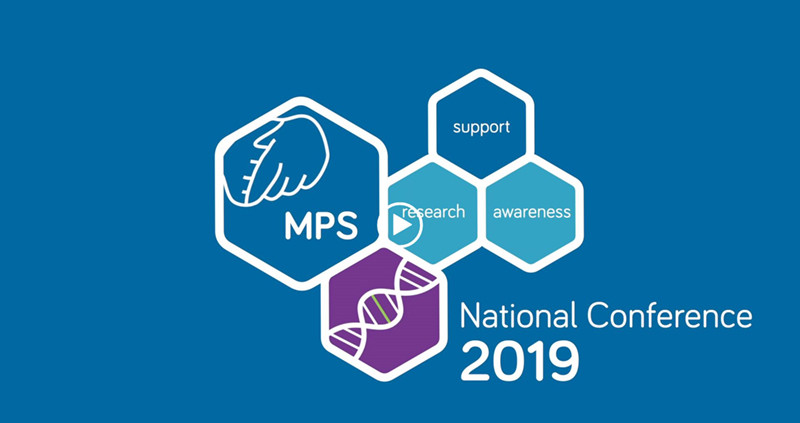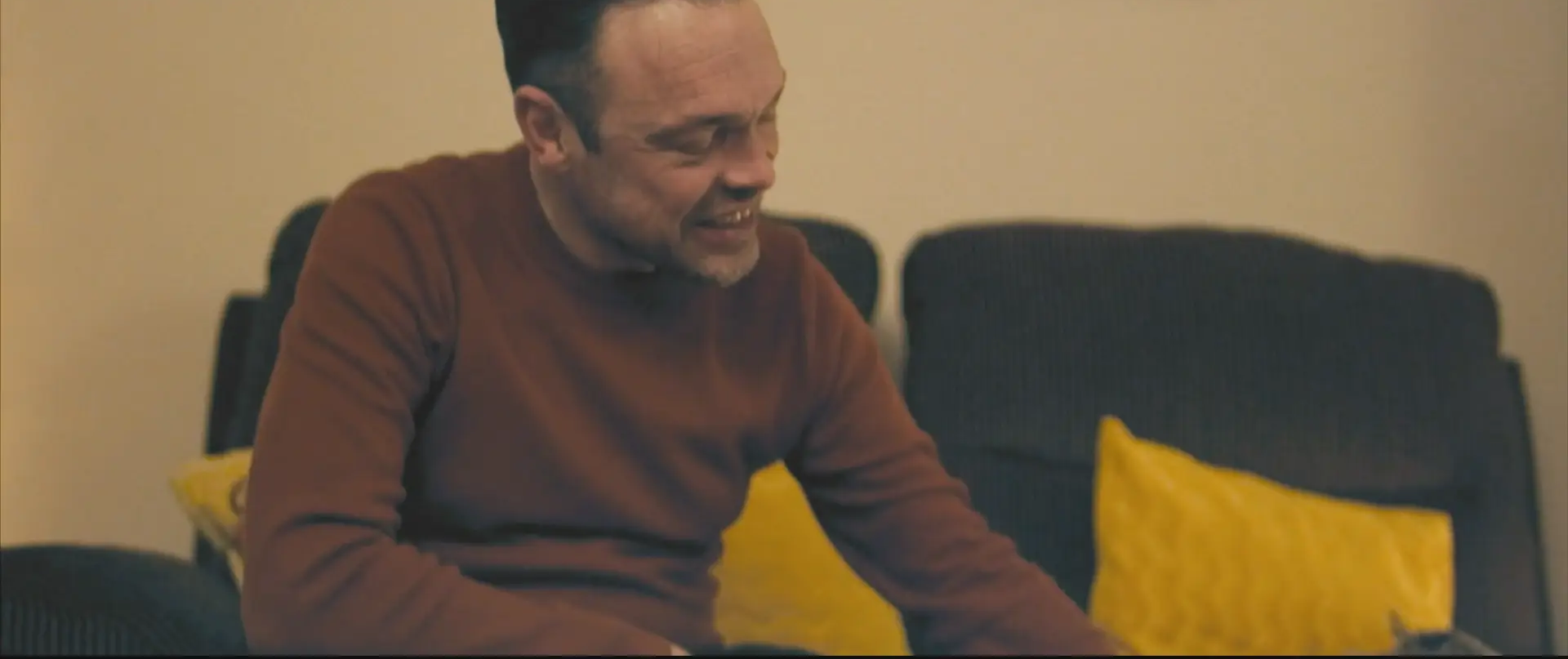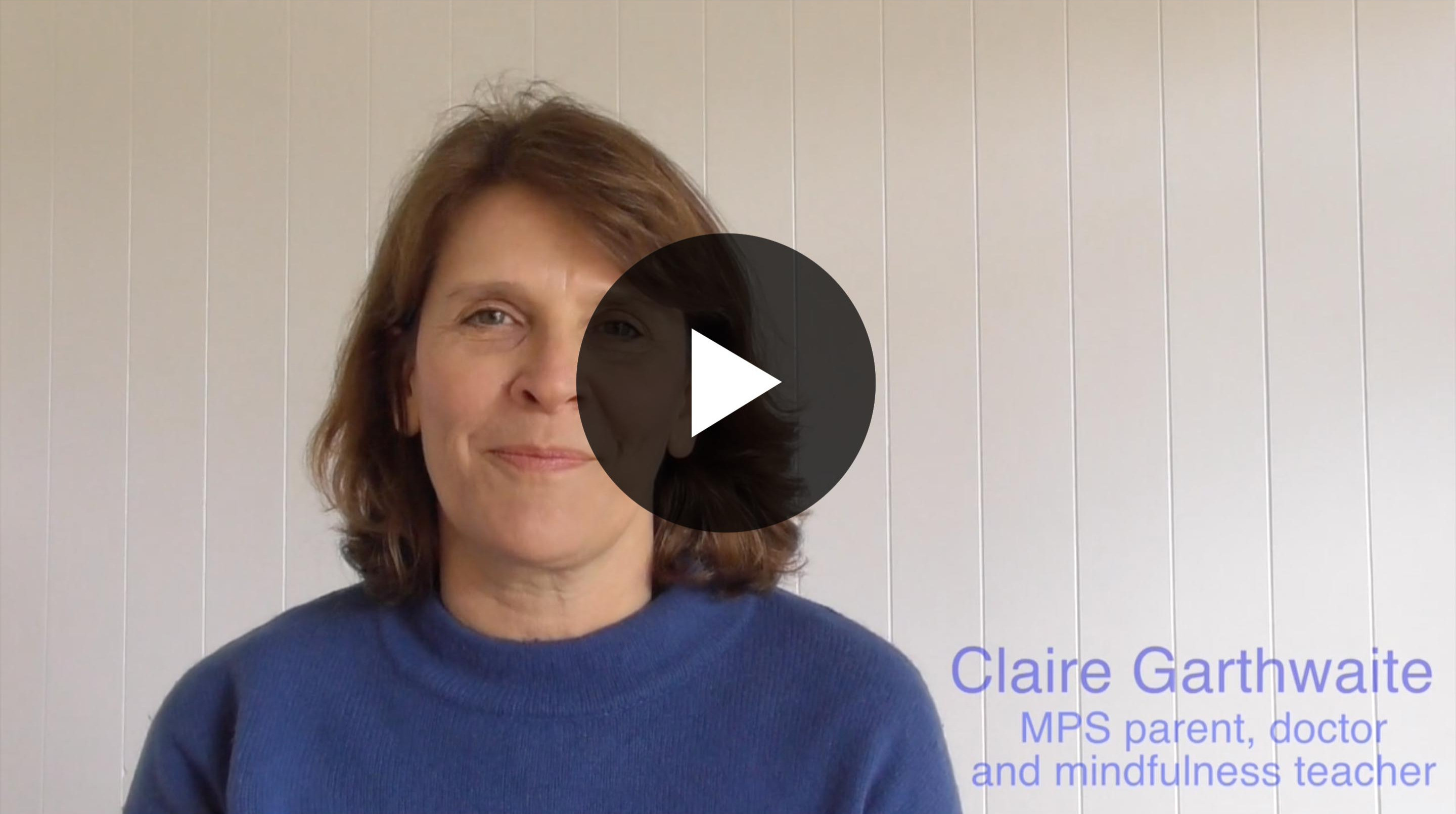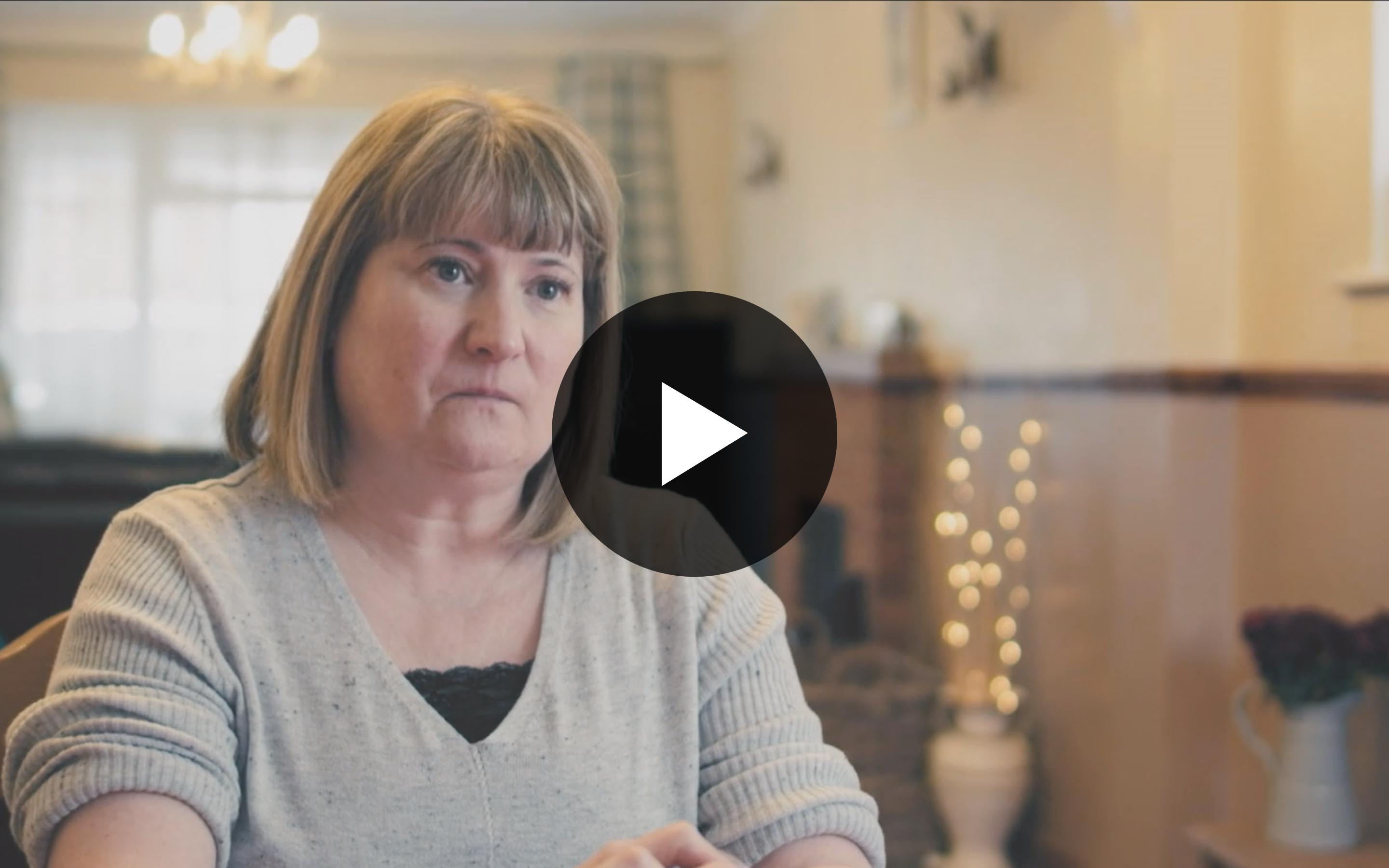Michelle Wood is a physiotherapist at Great Ormond Street Hospital, London. She has shared her physio advice, ideas, hints and tips to help you keep active at home.
MPS is complex and you may all have different symptoms so Michelle has kept this video as general as possible. We’d love to hear how you are managing and if you have any good ways to keep active during lockdown. Feel free to share them via our social media channels using #WednesdayWebinarSeries.
Why keep active?
Joint stiffness, muscle weakness and decreased exercise tolerance are areas of concern and physio is aimed at trying to promote physical activity and movement. Of course, this is going to be a big challenge at the moment as routines have been altered, there’s no school, you may have limited access to outdoor spaces and there are many who are shielding.
You may have children with a massive amount of energy they need to burn off, members of the family who are wheelchair dependent and others with severe mobility issues who are struggling to get outside at all.
"Exercise is a great thing"
Ways to maintain activity
The main thing we want to try to do is to maintain activity as much as you can. Active movements will protect joints and help to maintain muscle length, muscle strength and exercise tolerance. But how do we do that?
If your child is mobile and active try to get into a routine of going outside for a daily walk or if you have access to an outdoor space then try a tricycle or bike or any other piece of equipment you have available.
If you can’t get outside then there are a number of active exercises you can do around the house. Choose active exercises where the child is in control or the child is doing the movement. Be creative and try to make it as fun as possible, for example:
sitting to standing from a chair
doing step-ups on the lowest step of the stairs
squatting to pick items up from the floor
You can increase the fun by making it into a game, time the activity or increase the repetitions to keep it interesting. Something I use all the time is skittles – squat down to stand them up or lots of games trying to knock them over!
"You can increase the fun by making it into a game"
If you have less space or your child is a bit less active then active stretches are a good thing to do. The child is in control of the movement and you are getting them to move their limbs to the end of range (ie as far as they can). This could include reaching games, varying the starting position from sitting to kneeling, balancing, reaching for balloons or toys, you name it.
If your child is much more immobile and isn’t able to participate in active movements then passive movements are a good idea. This is where the movement is performed by someone else. Take the limb of your child and move it through its available range in a nice slow rhythmical motion. These movements can stop joints from freezing or stiffening up. This will also help you to notice if anything feels different to normal and perhaps spot any problems.
"This will also help you to notice if anything feels different to normal"
Using equipment
If you have postural care equipment at home, such as standing frames or different seating systems, they’re a really good way to alter and change and use different postures throughout the day. This could include standing and weight-bearing, just sitting to stretch different muscles in different ways and even just being on the floor – having the opportunity to roll around will encourage all those muscles to be used in a different way.
Physio through play
A lot of physio activities can be done through play so it can be made as fun as possible. Whatever fun and inventive games you can come up with to encourage lots of activity will be really brilliant.
We’re still here for you
Hospitals may be the last place you want to be at the moment but there are some instances where it is really important that you get in touch. Particularly if your child has any neck issues, spinal problems or hip pain. In these instances, look out for any new pain or any difference in their movement, increase pins and needles, a funny area of numbness, if they’re moving one arm more than another, any different sort of movement that is unusual. In these instances please do get in touch and we can have a conversation and hopefully put your mind at rest.
"Look out for any new pain...in these instances please do get in touch"
In summary
Exercise is a great thing, try to keep as active as possible, but you might need to be a little more creative than normal to achieve this at the moment. We are here if there is anything we can do to help, and finally, everybody take care, keep safe and we really look forward to the day when you’re back visiting us again.,
With thanks to Michelle Wood for producing this video.
Find more support, information and resources to help you with social distancing and coronavirus if you are living with MPS, Fabry or a related disease visit our dedicated COVID-19 pages. Or you can follow our weekly Wednesday webinars series here.
If you have found this information helpful please consider donating to the MPS Society.





